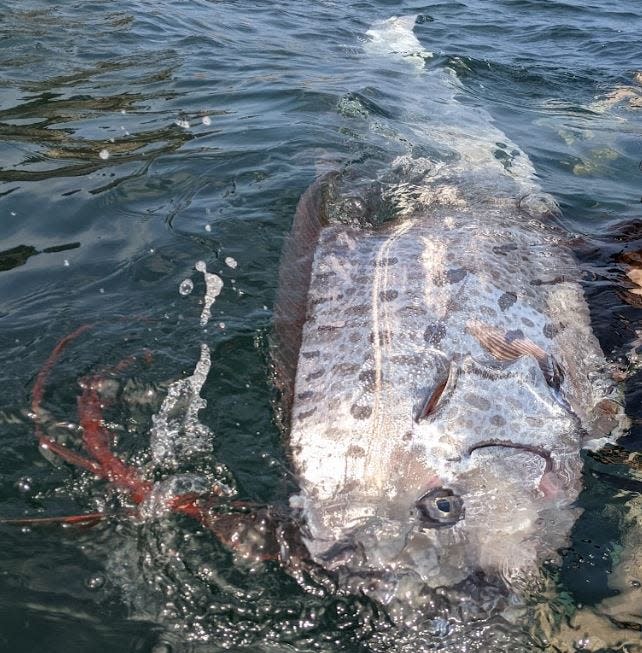A team of “sciencey” kayakers and snorkelers recently found a dead oarfish floating in the waters of Southern California, marking only the 20th time this elusive sea serpent has been spotted in nearly 125 years. The team discovered the oarfish at La Jolla Cove in San Diego and worked together to transport it to a National Oceanic and Atmospheric Administration facility for further examination. Scripps’ in-house fish expert Ben Frable deemed the sighting of the oarfish “incredibly rare” due to its infrequent appearances along the California coast.
In Japanese folklore, the appearance of an oarfish is considered a sign of impending disaster, specifically earthquakes. Referred to as “ryugu no tsukai” in Japanese mythology, these creatures were believed to be messengers from the sea god’s palace and were thought to rise to the surface to warn people of imminent earthquakes. While multiple sightings of oarfish were reported before the 2011 Tohoku earthquake and Fukushima nuclear disaster, there is no scientific evidence linking the presence of oarfish to seismic activity, according to experts in ichthyology.
Oarfish typically inhabit deep-sea regions, residing at depths ranging from 700 to 3,280 feet below the surface. They are rarely seen at the surface, making their appearance in shallow waters a rare event. Despite their mysterious nature, oarfish have been observed in various locations worldwide, including California, Maine, New Jersey, Taiwan, and Japan. Scientists speculate that oarfish may rise to the surface when their health is compromised, often resulting in their discovery already deceased.
The exact reason for the oarfish washing ashore in California remains unclear, as scientists are unable to determine why this particular specimen was found on the beach. Each oarfish collected provides a valuable opportunity for researchers to gain insights into the species and enhance their understanding of these majestic deep-sea creatures. The oarfish discovered in San Diego will be preserved for future study and become part of the Scripps’ Marine Vertebrate Collection, adding to one of the largest collections of deep-sea fish in the world.
If individuals encounter a unique creature on a California beach, they are advised to alert lifeguards and contact the appropriate institute, such as the Scripps Institution of Oceanography at the University of California, San Diego. Taking such creatures home is prohibited to ensure their preservation for scientific research and conservation efforts. By reporting unusual findings and participating in these conservation measures, individuals can contribute to the understanding and protection of rare and vulnerable species like the oarfish, adding to our collective knowledge of the ocean’s mysteries and inhabitants.


